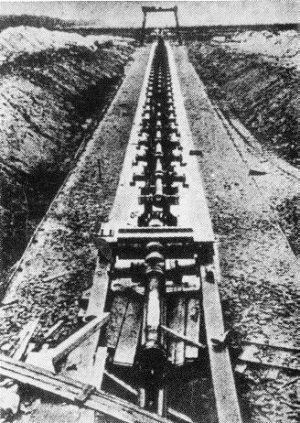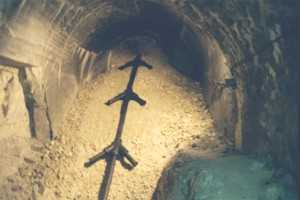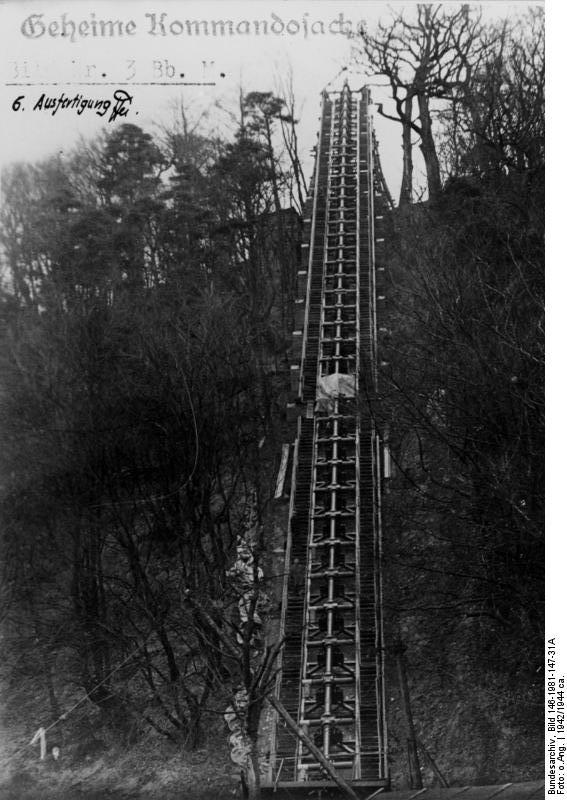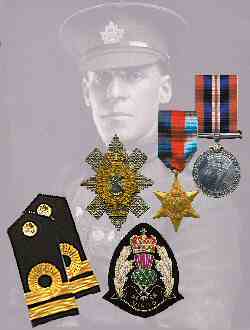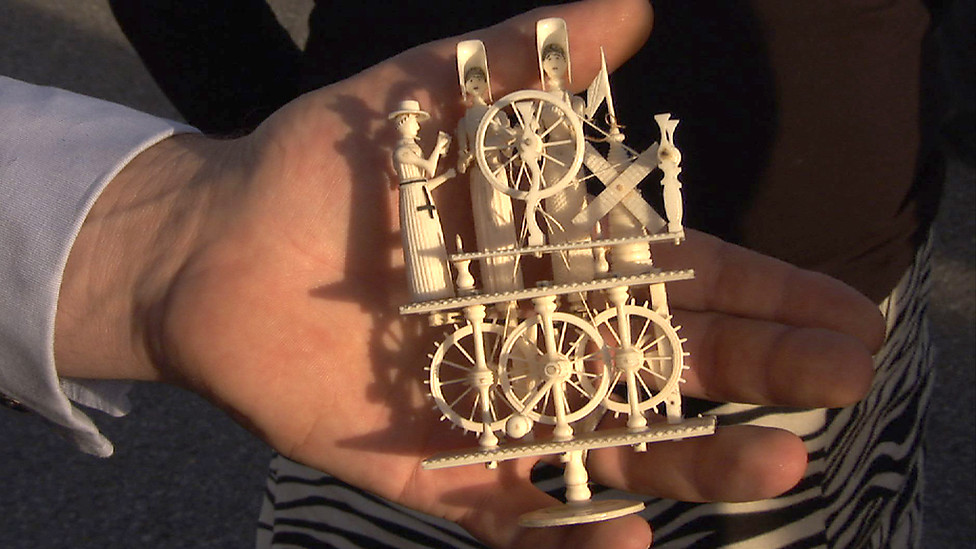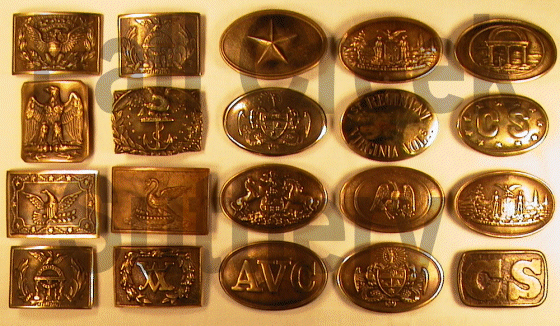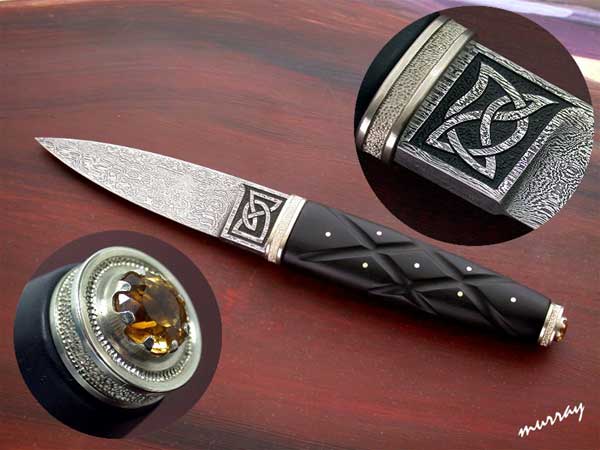The largest gun ever built, by at least a factor of 3, is the V-3 cannon, also known as the London Gun. At least two of these guns were built by Nazi Germany and put in bunkers in chalk cliffs in Mimoyecques, France. It is a common misconception that the guns were never built; they were, although the whole complex, which was originally intended to hold five guns, was never completed due to Allied bombing.
The V-3 guns, code-named Hochdruckpumpe, “High Pressure Pump,” or Tausendfüßler, meaning “millipede,” used a series of T-junctions filled with charges timed to explode just as the shell was passing along each segment of the the 460 ft. (140 m) barrel. This allowed muzzle velocities of over 4,920 ft./s (1,500 m/s) for a 308.6 lbs. (140 kg) shell, giving a range of over 102.5 miles (165 km). The V-3s, built at a fixed angle of 30° into the cliff, were intended to hit London, hence their alternate name. As of 2007, the London Gun is by far the largest gun yet built.
The Vergeltungswaffe 3 (Vengeance Weapon 3), or V-3, was a super-long-range cannon designed to fire across the English Channel into the Greater Lond area. To disguise its true purpose it was given the cover name Hochdruckpumpe (High Pressure Pump) The cannon’s configuration and layout also inspired nicknames like “Busy Lizzie” and “The Millipede.” It was designed as a multiple-chambered gun of 150mm caliber with a 150m-long barrel. There was a conventional breech and a pressure chamber at the rear end. Several auxiliary chambers were constructed and arranged at 45o to the main barrel at intervals of about 40m.
The theory behind the mechanism of the cannon was that a fin-stabilized shell would be loaded into the breech, together with the appropriate propelling charge. Additional charges would be added into the auxiliary chambers. The initial charge would be ignited and start the shell soaring up the bore. As it passed the auxiliary chambers additional charges would be fired to produce extra gas and thrust to boost the speed of the shell. With all these additional boosts, the shell would leave the muzzle at a very high velocity – somewhere around 1,524m/sec was projected. The shell would be hauled into the stratosphere, where the thin air offered less air resistance and would permit the projectile to reach a range of about 280km.
The idea of multi-chambered cannon is certainly not new. It was first suggested by two Americans, Lyman and Haskell, in the 1880s. A gun built on their specification was fired, but it proved unsuccessful. The propelling gases from the first charge slipped passed the shell and ignited the auxiliary charged before the shell had reached them, producing the opposite result. The idea was revived several times without success. In 1941 engineer Conders of the Rochling Stahlwerke AG put up his proposal.
A 20mm prototype was built by May 1943 and appeared to work well. Somehow Conders managed to get Hitler’s approval and authorization to proceed on his own, without the knowledge of the Army Weapons Office, which would have certainly killed the project immediately. Full-scale experimental guns were built and tested, all of which exploded or underwent other disasters.
At the same time hundreds of workers were set to construct a fifty-barrel gun in a hillside at Mimoyecques (near Calais), 165km from London. The underground launch site would house the gigantic cannon. Five long tubes made up the barrel, and each would fire a 136kg charge. The cannon sat at an angle on the hillside, pointing directly at London. The whole underground launch site was covered by a 5m-thick concrete dome. Ultimately the Army Weapons Office had to be consulted to provide assistance and expertise. The Office somehow managed to get the weapon working, after a fashion.
The Allies tried knocking out the site with conventional bombs but failed. Then it was decided that a plane loaded with TNT would be flown to the launch site by radio control and destroy the gun. During a test flight, however, two pilots were killed (Josepf Kennedy Jr. was one) and the plan was canceled. Ultimately a converted Lancaster dropped the “Tall Boy” bomb on the construction site at Helfaut-Wizernes. The 6.4m-long bomb weighed 5,454kg, and fell at a speed of 1,200km/h. The concrete dome was penetrated and the site destroyed. Five days later, the advancing Allies overran the installation at Calais and the project was no longer possible. Hitler had wished to make the cannon his third vengeance weapon. However, only two shortened versions of the gun were built and they were hurriedly thrown into use during the Ardennes Offensive in December 1944. One or two shots were fired without documented result, and the guns were blown up and abandoned afterwards. Fragments and pieces of the experimental guns are said to be still in existence on the Baltic Coast.
Credit: Wise Geek

